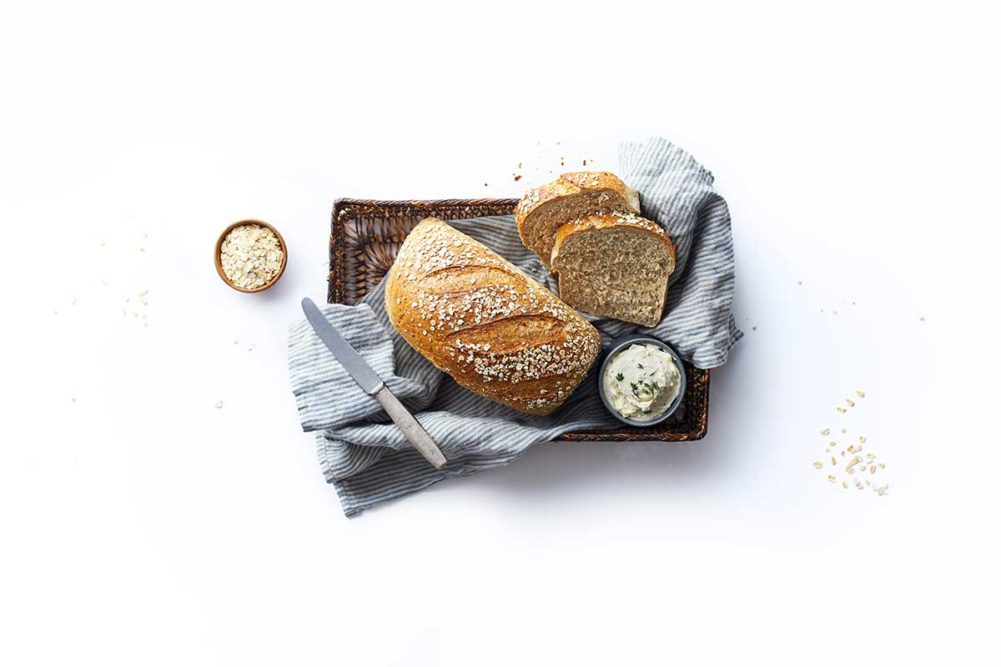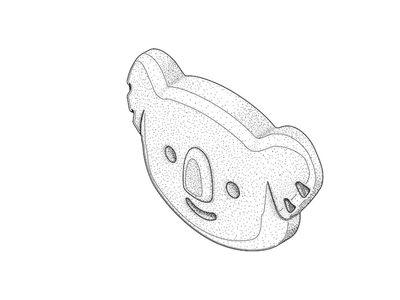Consumers want baked goods to be fresh and visually appealing, along with having a pleasant taste, texture, and cleaner and simpler labels. Today’s bakers, however, may find it challenging to deliver on all fronts, as they are struggling with everything from increased raw material costs to labor shortages, all while trying to stay profitable and reduce food waste. Enzymes to the rescue.
“Their use in baking is not new,” said Mark Zielonka, national research and development product specialist, BreadPartners. “Historically, enzymes present in yeast have been harnessed to ferment dough, enhancing bread’s texture and flavor. Today’s baking enzymes, however, are selected and optimized for specific tasks, supplementing the natural enzymatic activity found in ingredients like flour and improving every aspect of the baking process.”
Bakers increasingly find enzymes to be an indispensable tool. They help formulators reduce costs and simplify formulations without losing quality and volume. They can increase textural shelf life, which cuts down on wasted product. Enzymes are also considered clean label replacements to many of the chemical-sounding flour additives and dough conditioners used in commercial baking operations.
“One enzyme-based solution can replace five traditional ingredients — mono- and diglycerides, sodium stearoyl lactylate, diacetyl tartaric acid ester of mono- and diglycerides, vital wheat gluten and L-cysteine — at once,” said Sherrill Cropper, new product development lab manager, Lesaffre. “Compared to the cost of buying each ingredient separately, an all-in-one enzyme improver can be more cost-effective while streamlining labels and processes. Overall, bakeries can decrease the number of ingredients on their label and help reduce product waste by extending shelf life.”
Baking enzymes are categorized as protein, but they typically do not contribute to the protein content of foods as they are used at minute levels. They are described as biocatalysts, which means they initiate biochemical reactions and influence the speed of the reaction. This includes the many transformations that take place in batters and doughs that are baked into everything from breads to crackers and tortillas.
Once the enzyme does its work, it becomes an inactive compound without any direct impact on the product’s sensory attributes. Often, after completing a reaction, steps are taken to deactivate the enzyme to prevent it from reacting further. This may be accomplished through heat, a change in pH, high pressure and other methods. Enzymes are often categorized as processing aids and not listed on ingredient statements. They are a baker’s little secret.
“Enzymes, being highly efficient in small quantities, may enable the replacement of more expensive ingredients,” said Yanling Yin, director, bakery applications, Corbion. “Their specific actions improve dough handling and stability, facilitate uniform gas retention and achieve a consistent crumb structure, all while maintaining the high-quality standards expected with every batch. Beyond these essential benefits, the innovative applications of enzymes in baking are vast and varied.”
Suppliers have invested heavily in the identification, isolation and commercialization of these clean label functional ingredients. Within each category of enzymes, there are many varied options, each associated with a specific function.





